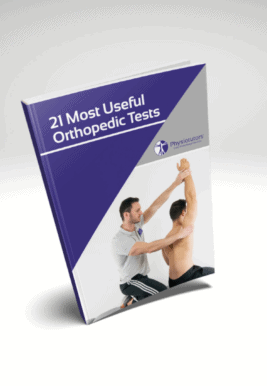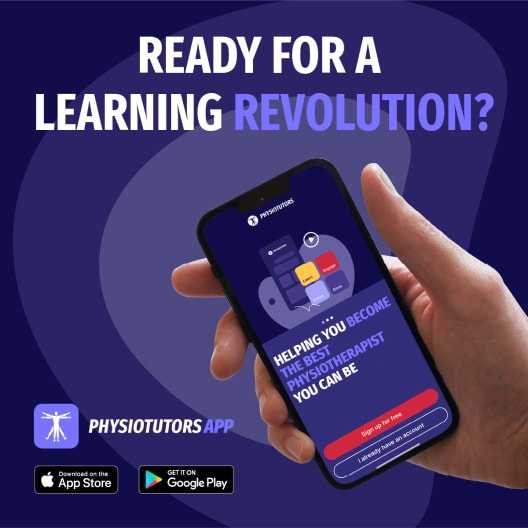Learn
Single-Leg Stance Assessment | Basic Physiotherapy Assessment
You’re probably used to assessing static postural control or balance using the single-leg stance and it’s a great indicator for fall risk in the elderly population. But why not use it with any other patient as well? 40% of the gait cycle is spent in single leg stance and it’s also an essential posture during walking stairs for example. Now some might argue that walking, for example, is a dynamic movement and single-leg stance is a static posture, but the stabilization mechanisms are essentially the same.
So here are some of the findings you might see during a single leg stance assessment. Asking the patient to take off shoes and socks can already reveal difficulties. For example, does the patient sit down, or is it difficult for them to reach their feet? Observe spine and lower extremity mobility, observe the patient getting up from a seated position.
Do they stand with equal weight on both feet? Do they rely more on one side for weight-bearing? They will most often use the more stable leg. Now when standing: is the weight shifted to one leg and are they standing that way to escape pain or is it their natural position? Remember if your patient is complaining about pain, be aware that pain influences movement patterns.
Ask the patient to look straight ahead with the arms on their side and then stand on one leg. Don’t specify which leg and how high the other leg should be lifted. The patient will likely choose the more stable leg and lift the opposite leg to a height that’s comfortable for them.
Observe the breathing and movement of the ribcage. Elevation of the ribcage when breathing or holding the breath during the test might indicate poor intrinsic core stabilization.
Are the toes of the stance leg gripping or changing to white color? Is the foot searching for stability moving in and out of inversion or eversion? This might indicate instability of the foot or poor stability in the stance leg with possible gluteus maximus inhibition. Watch out for Trendelenburg sign indicating gluteus medius weakness of the stance leg or contralateral quadratus lumborum inhibition. Is the patella in line with the dorsum of the foot? Are the knees caving in? Or is there tibial torsion? Amongst others, this could indicate a gluteus maximus weakness. Do the eyes look anywhere other than straight ahead? This might be caused by eye muscle facilitation which is very common in post-traumatic neck injuries.
Lastly, repeat the tests with the patient’s eyes closed. Holding with good form for 20 seconds with eyes closed is an acceptable range. 40 seconds with the eyes opened. Many of the principles of posture analysis such as head positioning, for example, apply to the single-leg stance assessment as well, so be sure to watch our video on observation and posture analysis as well as our video on functional assessment.
21 OF THE MOST USEFUL ORTHOPAEDIC TESTS IN CLINICAL PRACTICE

Like what you’re learning?
BUY THE FULL PHYSIOTUTORS ASSESSMENT BOOK
- 600+ Pages e-Book
- Interactive Content (Direct Video Demonstration, PubMed articles)
- Statistical Values for all Special Tests from the latest research
- Available in 🇬🇧 🇩🇪 🇫🇷 🇪🇸 🇮🇹 🇵🇹 🇹🇷
- And much more!








